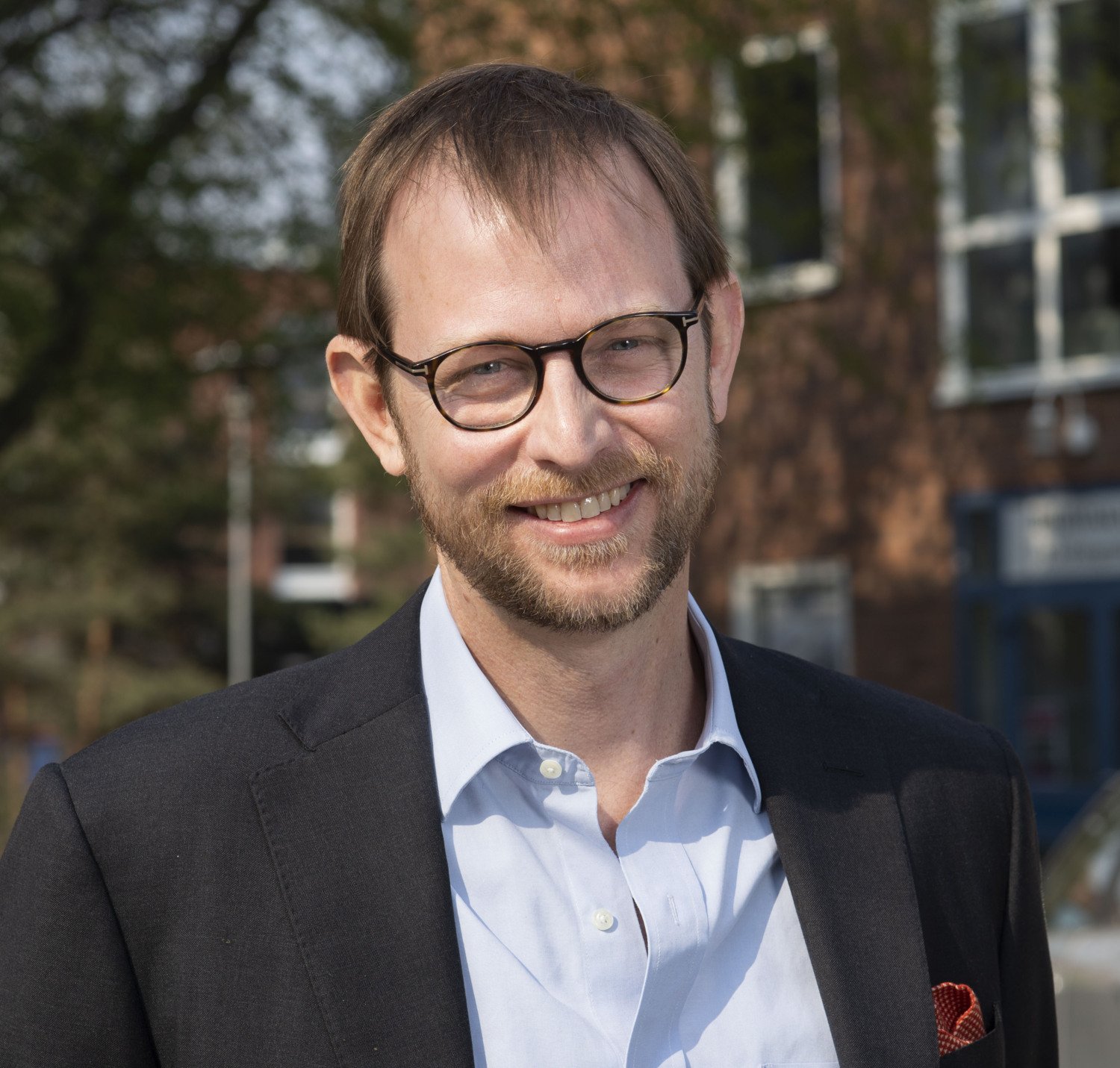Cleaner air in Swedish cities brings significant health benefits

The air quality in Swedish cities has improved continuously over the last twenty years, according to a research collaboration in which the Institute for Environmental Medicine, Karolinska Institutet participates. Several thousand deaths may have been prevented every year, thanks to better air quality. However, many people are still exposed to air pollution that exceeds the World Health Organization’s recommendations.
In the study, the researchers present a high-resolution data model of how air pollution levels have changed over time for six cities in Sweden: Stockholm, Gothenburg, Malmö, Linköping, Uppsala, and Umeå. This means that the study covers more than half of the Swedish population. The results of the study have been published in the journal Air Quality, Atmosphere & Health.
The researchers have studied emissions of fine particles (PM2,5), coarse particles (PM10), and nitrogen oxides (NOx) from local, regional, and international sources. The studied emissions come from sources including traffic, industry, and wood burning, and have decreased significantly in Sweden since 2000. Fine particles have decreased by a full 56%, coarse particles by 23%, and nitrogen dioxide by 33%. The largest reduction in fine particles was observed in Gothenburg, while coarse particles and nitrogen oxides decreased the most in Uppsala and Stockholm.
Large health gains
– We estimate that almost 3,000 premature deaths were avoided per year between 2000 and 2018 in the six cities modeled in our study, says Karl Kilbo Edlund at the University of Gothenburg’s Sahlgrenska Academy, who is the lead author of the study. Even more deaths can be avoided through continued work to improve air quality further. Many Swedes are still exposed to air pollution levels that exceed the World Health Organization’s 2021 air quality guidelines.
Despite improvements in air quality, 65% of residents in the cities included in the study are still exposed to levels of fine particles that exceed the World Health Organization’s guidelines. The study shows that there are significant differences between geographical areas within the six cities, but in general terms the highest exposures are in Malmö.
Pollution moves across long distances, and emissions elsewhere in Europe affect also the air quality in Swedish cities. Falling emissions both in Sweden and abroad therefore explain the improved air quality in Sweden.
The role of pollutants in chronic diseases

The air pollution model will now be used to study the role played by air pollution and other environmental factors in the early stages of chronic diseases, such as cardiovascular disease, metabolic syndrome, and kidney failure. The research is based on data from the large Swedish SCAPIS study, in which 30,000 middle-aged Swedes were surveyed.
In addition to researchers from the Karolinska Institutet and the universities of Gothenburg, Linköping, Lund, Uppsala and Umeå, air quality experts from the Swedish Meteorological and Hydrological Institute, SLB-analys of the City of Stockholm, and the City of Malmö’s Environmental Administration are involved.
– The work to reduce air pollution in Sweden and Europe is extremely important for our public health today and in the future. Therefore, it is important to carefully map levels and their changes over time and follow the health consequences. By linking air pollution levels to data from the extensive health surveys in the SCAPIS study, we get a fantastic opportunity to understand the role of air pollution in detailed disease processes in middle-aged Swedes, says Petter Ljungman, one of the KI researchers involved in the study.
Publication
Maps
Illustrative maps from the study can be downloaded free of charge from the Swedish National Data Service: https://doi.org/10.5878/btxv-v698.
If publishing, cite the source: Air pollution and noise maps for SCAPIS environment
Contacts
- Karl Kilbo Edlund, physician, doctoral student at the University of Gothenburg’s Sahlgrenska Academy, karl.kilbo.edlund@gu.se, telephone +46 769-31 54 58.
- Leo Stockfelt, Associate Professor, specialist physician, coordinator of the SCAPIS environment study, the University of Gothenburg’s Sahlgrenska Academy, leo.stockfelt@amm.gu.se, telephone +46 708-17 76 56.
- Petter Ljungman, Associate Professor, senior physician, Karolinska Institutet, and coordinator of the SCAPIS environment study, petter.ljungman@ki.se, +46 8-52 48 72 32.
